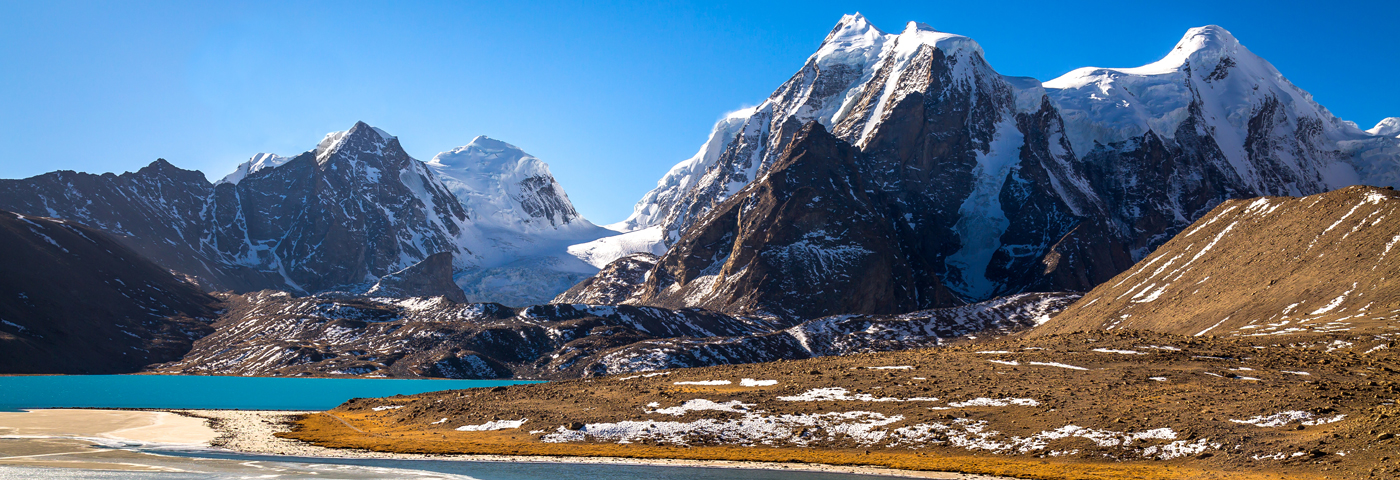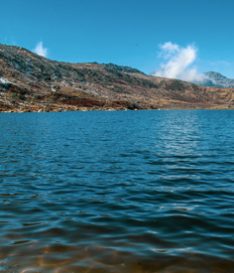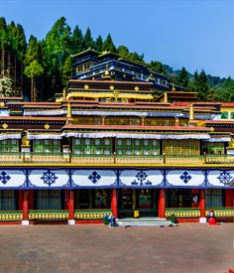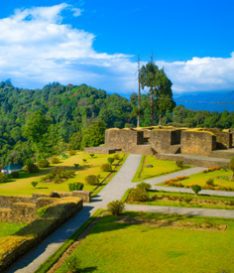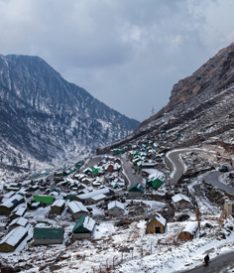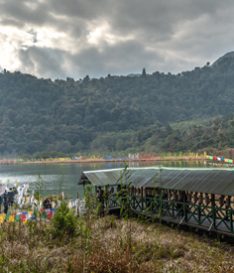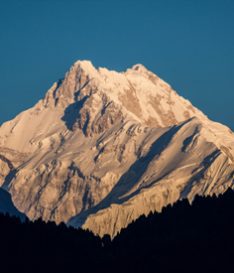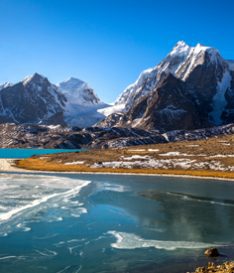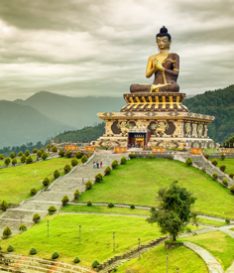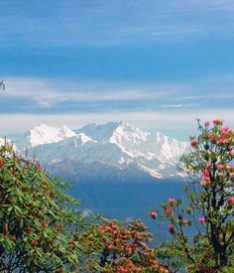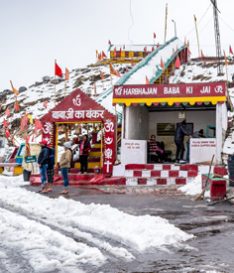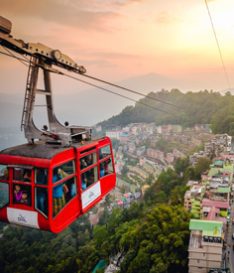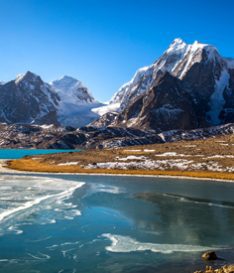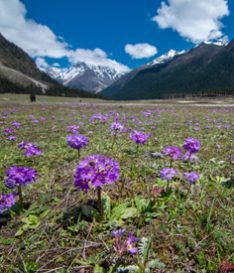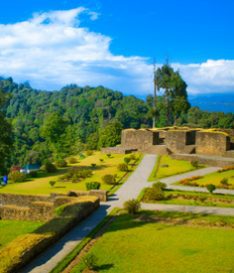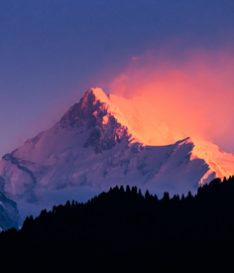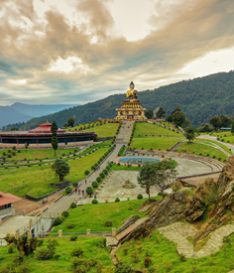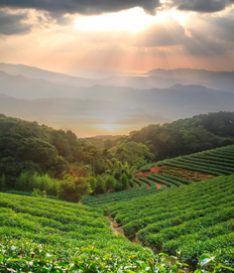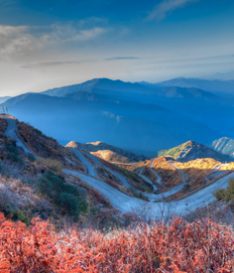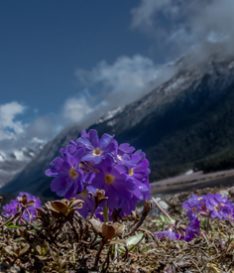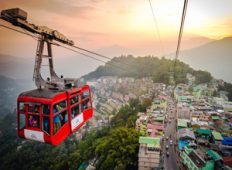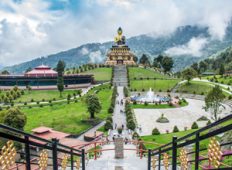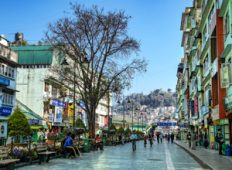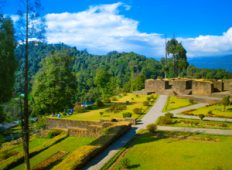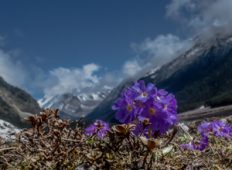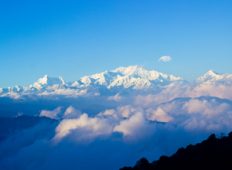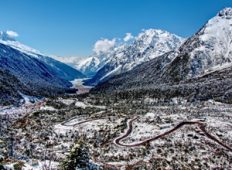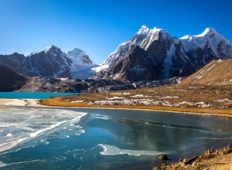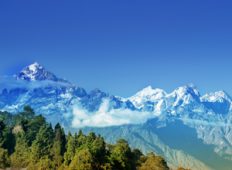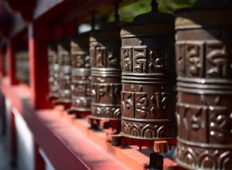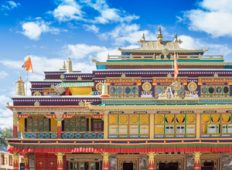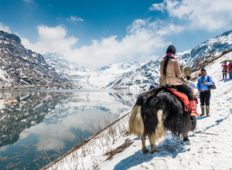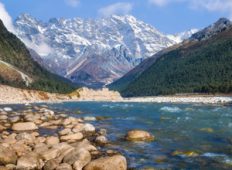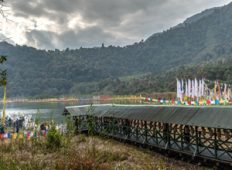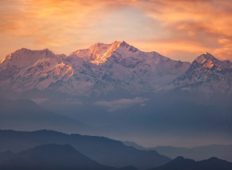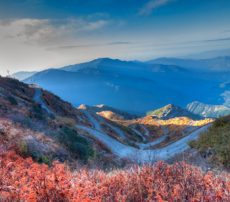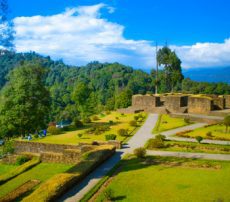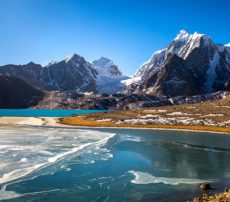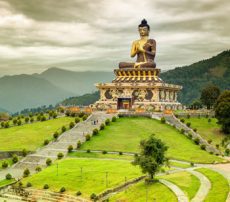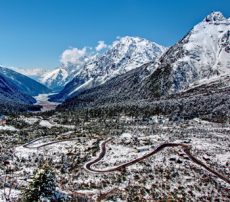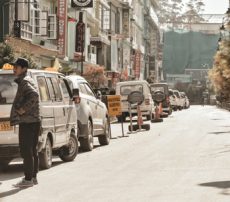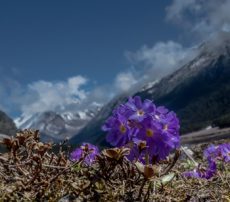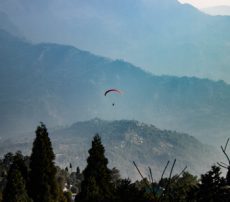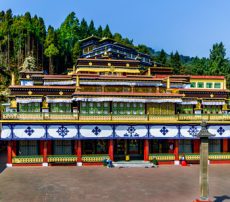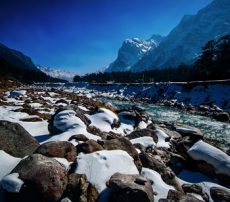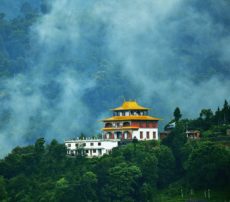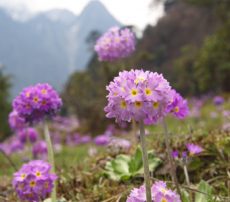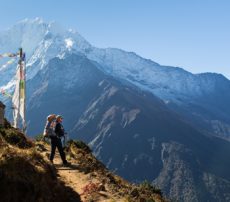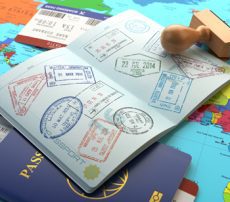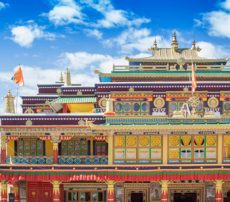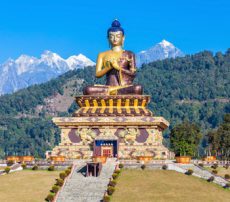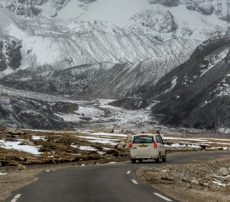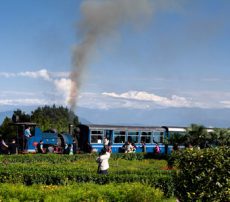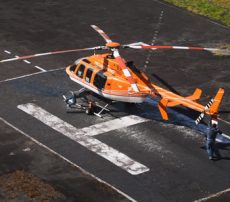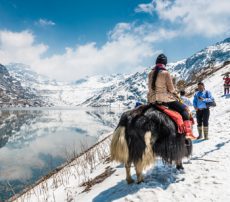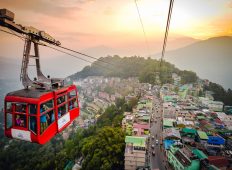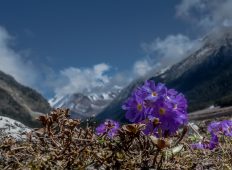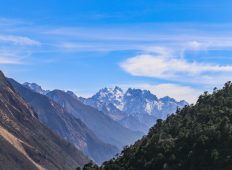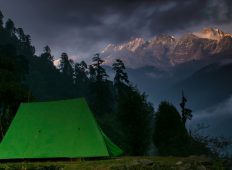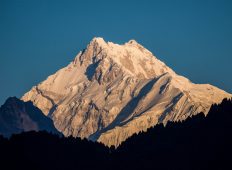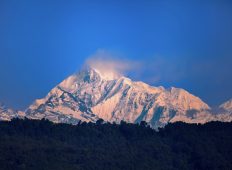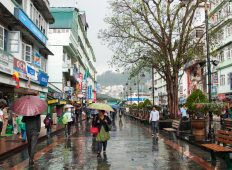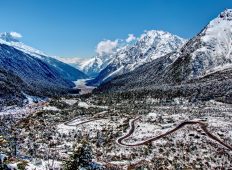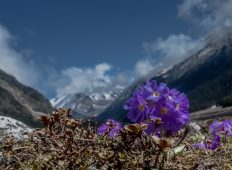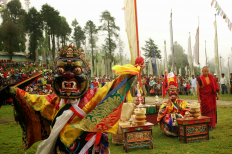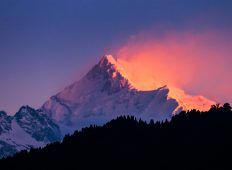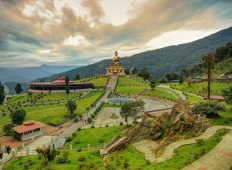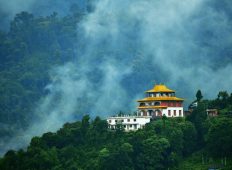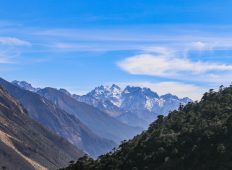GURUDONGMAR LAKE GUIDE
Why Should I Go
An azure gem embedded amongst towering mountains of perennial snow, the Gurudongmar Lake in North Sikkim is one of the highest and most picturesque lakes in the world. On a sunny day, the lake reflects the blue sky and the surrounding icy peaks like a crystal clear mirror. The lake offers marvelous views of the Kanchendzonga range and Mount Siniolchu, one of the tallest peaks in the state, once described as “the most superb triumph of mountain architecture and the most beautiful snow mountain in the world” by British mountaineer Douglas Freshfield. The surrounding land is mostly barren owing to the extreme altitude. Alpine pastures and stunted shrubs against the dazzling peaks lend it an other-worldly charm. If luck is on your side during your visit, you might spot the ephemeral Bhramhakamal, a beautiful white flower known for its miraculous healing properties. The region is also home to some endangered species such as the kiang (largest of wild asses), Great Tibetan sheep, Tibetan gazelle, Tibetan wolf and the elusive snow leopard.
How Do I Get There
Located in North Sikkim, Gurudongmar is about 170 kms of a scenic drive away from Gangtok via Lachen. Since the thin mountain air makes the lake region inhabitable you will not find any accommodation there. It is best to stay at Lachen overnight to acclimatize; an idyllic mountain hamlet with vibrant flora and fauna, surrounded by snowy peaks, you can spend an entire day exploring it. Hire a cab to visit the lake early morning, the next day. You will have to get a government permit to visit. Foreign nationals are not allowed since the area is very close to the Indo-Chinese border.
When Should I Land Up
The most ideal time to visit is anytime between April to June when the summer has set in. However, the lake acquires a completely different avatar during winter, i.e from October to March, when the entire lake is frozen save a small portion.
In Folklore
Gurudongmar is named after the legendary Buddhist master, Guru Padmasambhava (popularly known as Guru Rinpoche), who is credited to have established the Vajrayana sect of Buddhism, widely practiced in the Himalayan region. During his journey to Tibet from India, he visited a number of places that fell along the way including this lake. According to a popular folktale, the villages around the lake suffered from an acute water crisis every winter. The inhabitants appealed to Guru Rinpoche for help and he blessed the frozen lake, making a certain portion of it melt. Surprisingly, even during the harshest of winters, a particular part of the lake never freezes. The sanctified waters of the lake are supposed to possess miraculous healing powers making it one of the most important sites of pilgrimage amongst locals. When the Indian army set their base near the lake, another version of the same story was popularized by Sikh soldiers who believed that it was Guru Nanak and not Padmasambhava who consecrated the lake.
Travel Tips
Carry a pair of polarized, anti-reflective sunglasses for protection from glare. Wear sufficient warm clothes and appropriate footwear. Don’t forget to carry a valid ID proof.
Get Instant Call Back
Why Choose us ?
What makes us diffrent from other tour package companies

